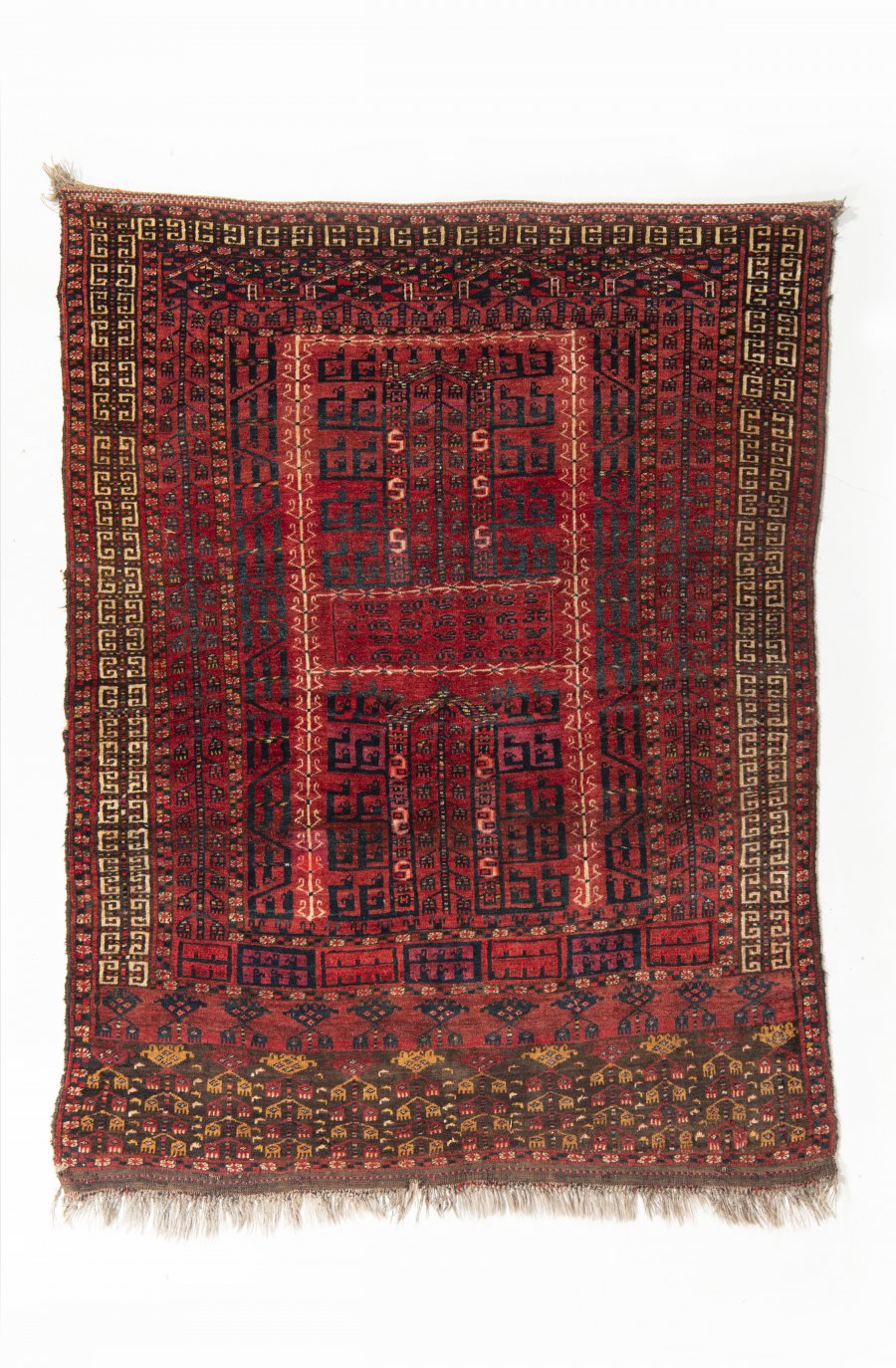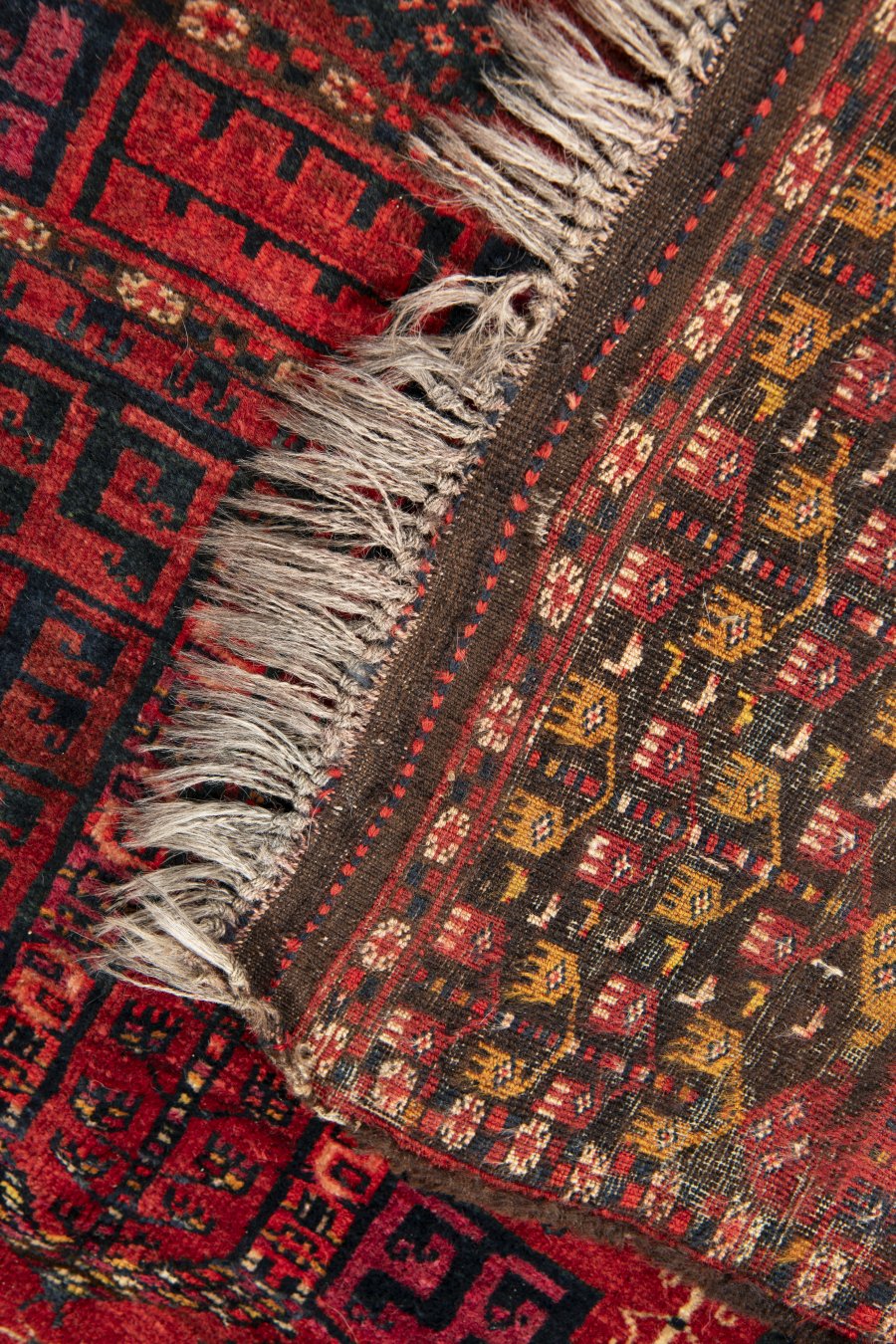Lot 73
SARYK ENGSI RUG
Around 1960
wool
161 x 127 cm (h x w)
| 417 €
| 417 €
Hand knotted wool carpet on woolen warp made of goat hair. The so-called 'engsi', originally designed to cover the entrance to a circular yurt (or kibitka), has changed only minimally over the centuries and is characterised by a mostly strictly geometric iconography, which allows us to distinguish between makers from different tribal groups and subgroups. In the middle of our specimen, typical in design and colour for the Saryk tribe, the first thing that catches the eye are the so-called 'candlesticks' in the colour of dark indigo - these elements are called 'insi kuš' in tribal symbolism and represent stylised birds, an imaginary link between heaven and earth in Turkmen cosmology. The central composition, called the 'hachla', is a broad cross, but here it is interrupted and only vaguely indicated, and its meaning is to protect the dwelling from the so-called 'evil eye', or misfortune and malice. This specimen was very likely made for export to Tsarist Russia, as evidenced by, among other things, the mix of synthetic and natural dyes, and according to Tsarist records, as early as the end of the 19th century, the Russian Empire was already using a mix of synthetic and natural dyes. In the early 19th century, about two thirds of Turkmen production was made for the rich and exotic Russian elite (many magnificent older tribal specimens were unfortunately destroyed shortly after the Bolshevik Revolution in 1917, also during the siege of Leningrad during World War II, etc.). The highly geometric motifs throughout the carpet design include stylised flowers, trees and good luck charms, but many of the elements and their original meaning are still the subject of scholarly debate and have been reinterpreted since the 19th century. The Pende Oasis lies just a short distance from the Afghan border and in 1885 the Tsarist troops defeated the Afghan army led by British instructors and Turkmenistan remained in the Russian zone of influence.
More works from auction
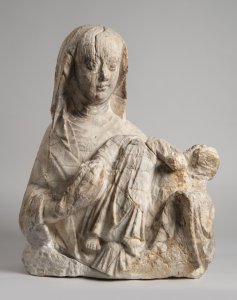
Lot 1 LATE GOTHIC MADONNA WITH CHILD
Starting price28 000 CZK | 1 167 €
Price realized
120 000 CZK | 5 000 €
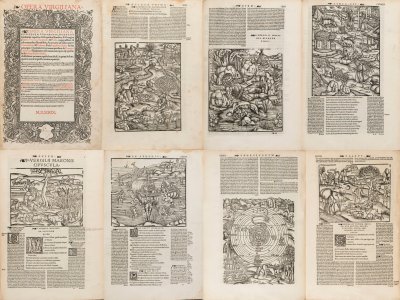
Lot 2 OPERA VIRGILIANA
Starting price48 000 CZK | 2 000 €
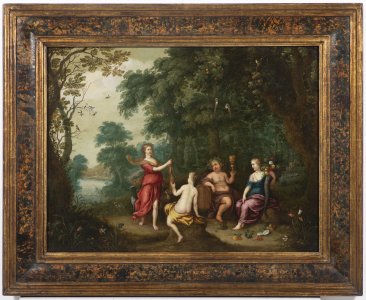
Lot 3 DIANA, BACCHUS AND FLORA
Starting price380 000 CZK | 15 833 €
Price realized
380 000 CZK | 15 833 €
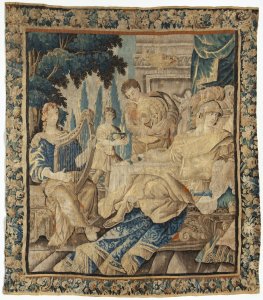
Lot 4 SCENE FROM THE BANQUET OF DIDO AND AENEAS
Starting price65 000 CZK | 2 708 €
Price realized
85 000 CZK | 3 542 €
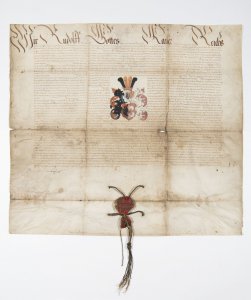
Lot 5 NOBILITATION GRANTED BY RUDOLF II.
Starting price80 000 CZK | 3 333 €
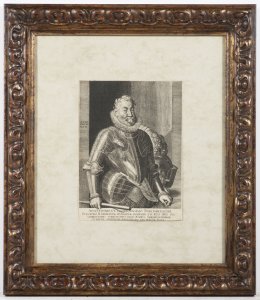
Lot 6 PORTRAIT OF RUDOLF II.
Starting price25 000 CZK | 1 042 €
Price realized
40 000 CZK | 1 667 €
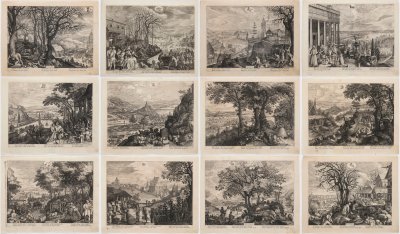
Lot 7 TWELVE MONTHS CYCLE
Starting price55 000 CZK | 2 292 €
Price realized
95 000 CZK | 3 958 €

Lot 8 A LARGE VIEW OF PRAGUE
Starting price45 000 CZK | 1 875 €
Price realized
65 000 CZK | 2 708 €
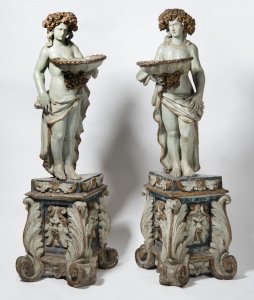
Lot 9 PAIR OF BAROQUE CARRIERS
Starting price180 000 CZK | 7 500 €
Price realized
200 000 CZK | 8 333 €
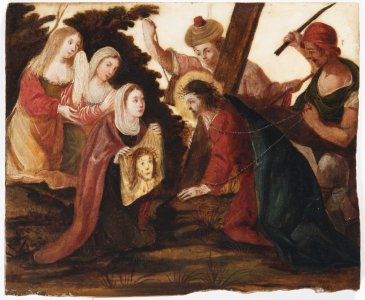
Lot 10 CHRIST AND VERONICA
Starting price28 000 CZK | 1 167 €
Price realized
28 000 CZK | 1 167 €
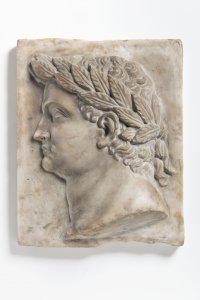
Lot 11 RENAISSANCE PORTRAIT OF THE ROMAN EMPEROR
Starting price16 000 CZK | 667 €
Price realized
21 000 CZK | 875 €
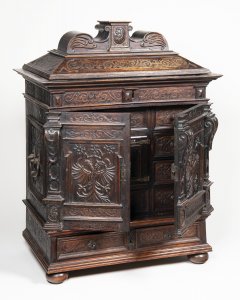
Lot 12 LATE MANNERIST CABINET
Starting price35 000 CZK | 1 458 €
Price realized
70 000 CZK | 2 917 €
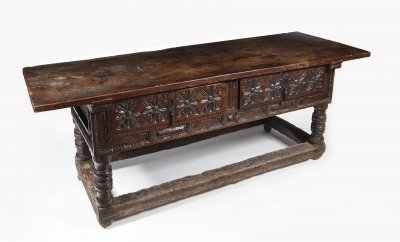
Lot 13 RENAISSANCE TABLE
Starting price36 000 CZK | 1 500 €
Price realized
95 000 CZK | 3 958 €
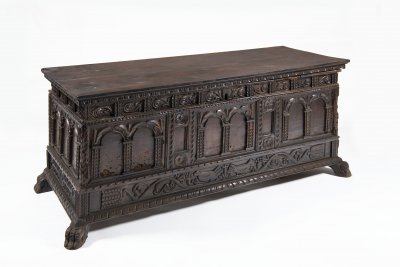
Lot 14 RENAISSANCE CHEST
Starting price22 000 CZK | 917 €
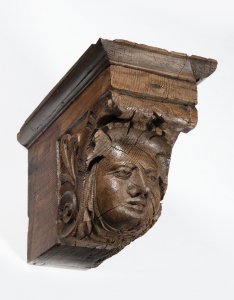
Lot 15 BAROQUE CONSOLE
Starting price3 000 CZK | 125 €
Price realized
4 500 CZK | 188 €
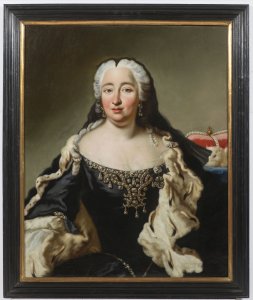
Lot 16 PORTRAIT OF ELISABETH CHRISTINE OF BRUNSWICK…
Starting price80 000 CZK | 3 333 €
Price realized
80 000 CZK | 3 333 €
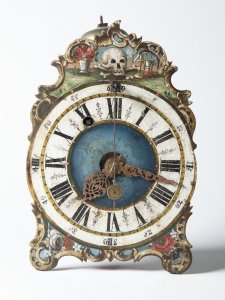
Lot 17 ROCOCO TABLE CLOCK
Starting price18 000 CZK | 750 €
Price realized
20 000 CZK | 833 €
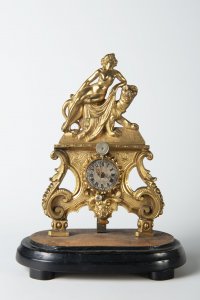
Lot 18 BAROQUE TABLE CLOCK
Starting price11 000 CZK | 458 €
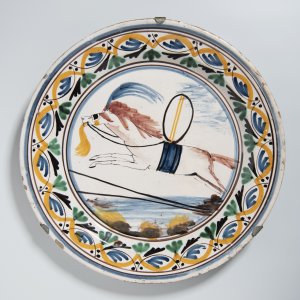
Lot 19 PLATE WITH HORSE
Starting price12 000 CZK | 500 €
Price realized
14 000 CZK | 583 €
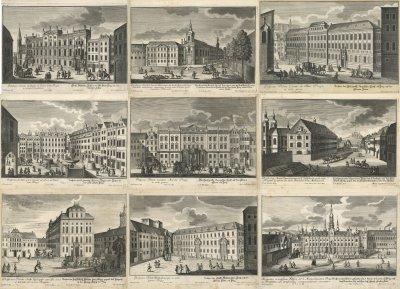
Lot 20 CONVOLUTE OF PRAGENSIA
Starting price30 000 CZK | 1 250 €
Price realized
39 000 CZK | 1 625 €
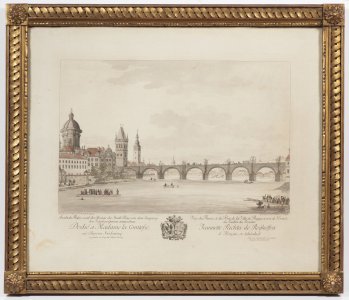
Lot 21 CHARLES BRIDGE
Starting price12 000 CZK | 500 €
Price realized
20 000 CZK | 833 €
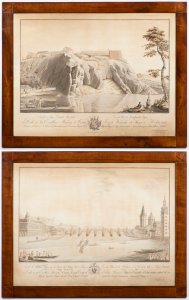
Lot 22 TWO PRAGENSIA
Starting price26 000 CZK | 1 083 €
Price realized
42 000 CZK | 1 750 €
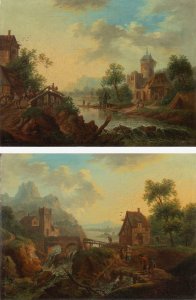
Lot 23 PAIR LANDSCAPES WITH A BRIDGE
Starting price35 000 CZK | 1 458 €
Price realized
37 000 CZK | 1 542 €
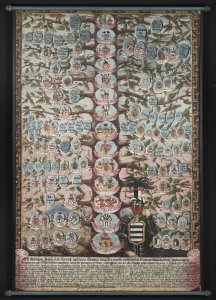
Lot 24 CLASSICISM FAMILY TREE
Starting price55 000 CZK | 2 292 €
Price realized
70 000 CZK | 2 917 €
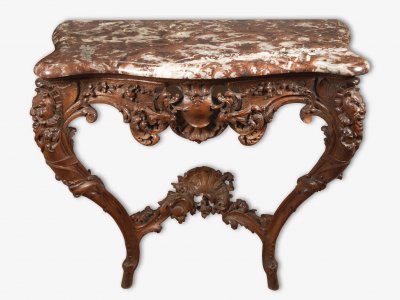
Lot 25 RÉGENCE CONSOLE TABLE
Starting price23 000 CZK | 958 €
Price realized
55 000 CZK | 2 292 €
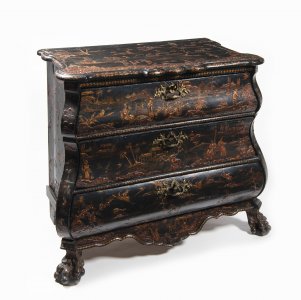
Lot 26 ROCOCO CHINOISERIE CHEST OF DRAWERS
Starting price30 000 CZK | 1 250 €
Price realized
55 000 CZK | 2 292 €
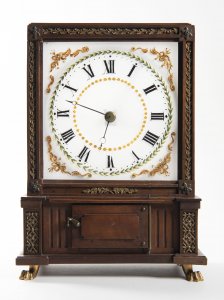
Lot 27 NIGHT CLOCK "NACHTLICHTUHR"
Starting price47 000 CZK | 1 958 €
Price realized
47 000 CZK | 1 958 €
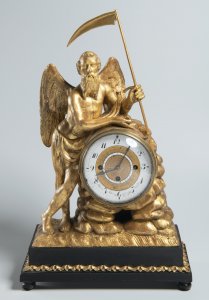
Lot 28 EMPIRE TABLE CLOCK
Starting price28 000 CZK | 1 167 €
Price realized
34 000 CZK | 1 417 €
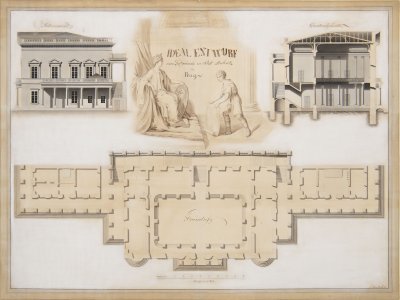
Lot 29 DESIGN OF A SUMMER PALACE IN BUBENEČ
Starting price46 000 CZK | 1 917 €
Price realized
46 000 CZK | 1 917 €
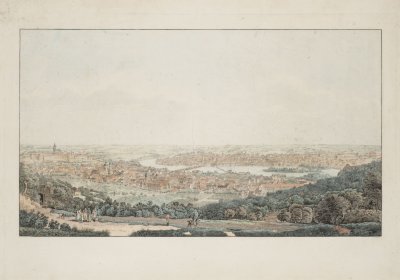
Lot 30 A VIEW OF PRAGUE FROM PETŘÍN
Starting price8 000 CZK | 333 €
Price realized
17 000 CZK | 708 €
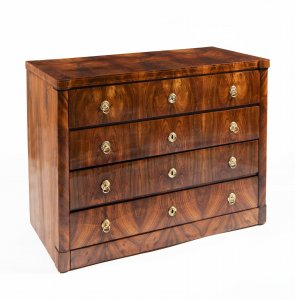
Lot 31 BIEDERMEIER CHEST OF DRAWERS
Starting price28 000 CZK | 1 167 €
Price realized
43 000 CZK | 1 792 €
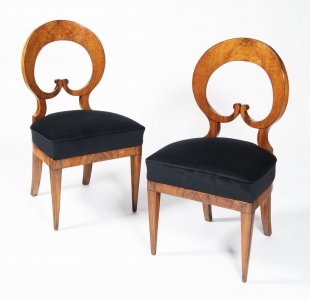
Lot 32 TWO BIEDERMEIER CHAIRS
Starting price20 000 CZK | 833 €
Price realized
20 000 CZK | 833 €
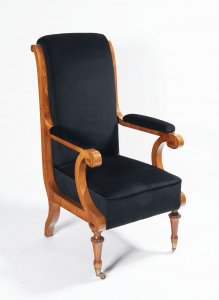
Lot 33 BIEDERMEIER ARMCHAIR
Starting price11 000 CZK | 458 €
Price realized
21 000 CZK | 875 €
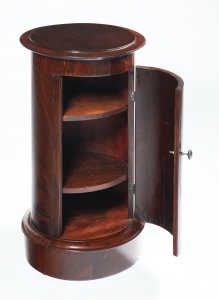
Lot 34 "SOMNO" BIEDERMEIER SIDE TABLE
Starting price15 000 CZK | 625 €
Price realized
15 000 CZK | 625 €
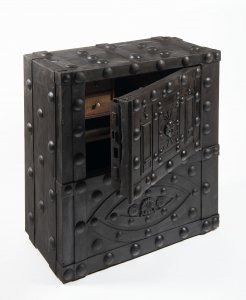
Lot 35 CLASSICISTIC IRON SAFE
Starting price22 000 CZK | 917 €
Price realized
44 000 CZK | 1 833 €
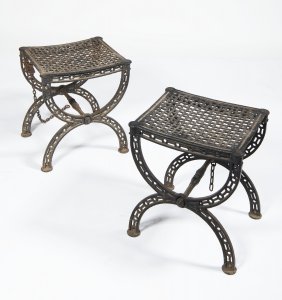
Lot 36 TWO CAST IRON STOOLS
Starting price18 000 CZK | 750 €
Price realized
37 000 CZK | 1 542 €
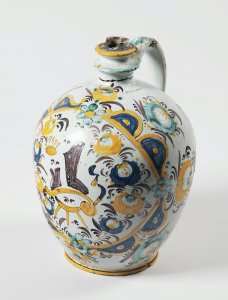
Lot 37 POSTHABAN GUILD JUG
Starting price12 000 CZK | 500 €
Price realized
25 000 CZK | 1 042 €
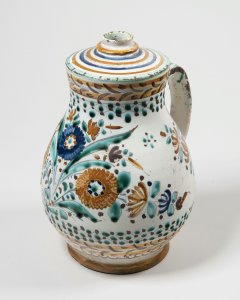
Lot 38 POSTHABAN JUG
Starting price10 000 CZK | 417 €
Price realized
10 000 CZK | 417 €
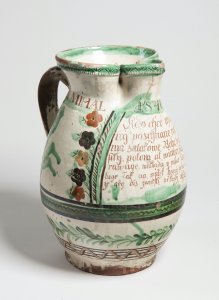
Lot 39 POSTHABAN WINEMAKERS JUG
Starting price16 000 CZK | 667 €
Price realized
20 000 CZK | 833 €
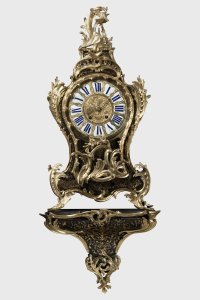
Lot 40 NAPOLEON III. CARTEL CLOCK
Starting price60 000 CZK | 2 500 €
Price realized
80 000 CZK | 3 333 €
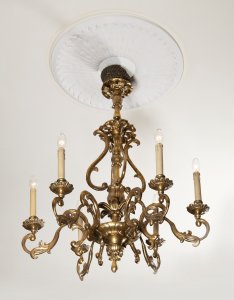
Lot 41 BAROQUE STYLE CHANDELIER
Starting price29 000 CZK | 1 208 €
Price realized
29 000 CZK | 1 208 €
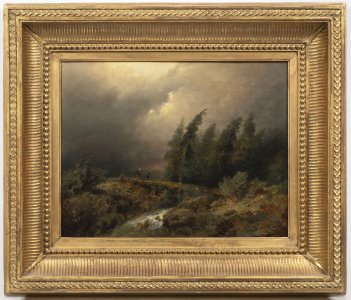
Lot 42 MOONLIT LANDSCAPE WITH A FOOTBRIDGE
Starting price120 000 CZK | 5 000 €
Price realized
270 000 CZK | 11 250 €
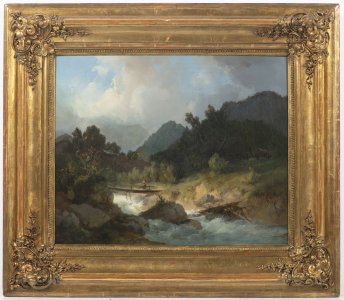
Lot 43 FOOTBRIDGE OVER THE STREAM
Starting price110 000 CZK | 4 583 €
Price realized
150 000 CZK | 6 250 €
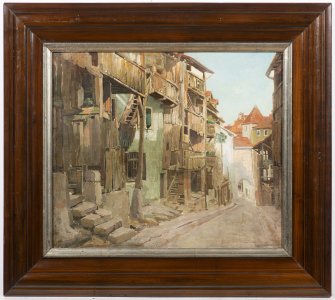
Lot 44 ALLEY IN KRUMLOV
Starting price50 000 CZK | 2 083 €
Price realized
50 000 CZK | 2 083 €
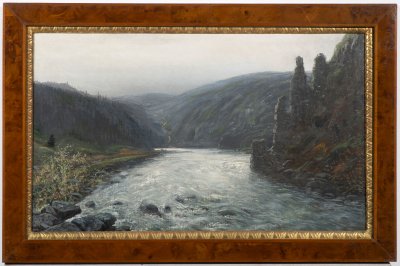
Lot 45 STONY RIVER
Starting price35 000 CZK | 1 458 €
Price realized
39 000 CZK | 1 625 €
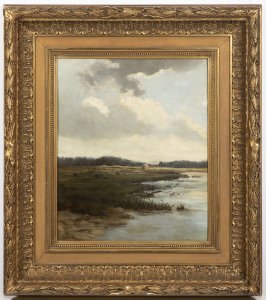
Lot 46 SOUTH BOHEMIAN POND IN THE EARLY EVENING
Starting price240 000 CZK | 10 000 €
Price realized
550 000 CZK | 22 917 €
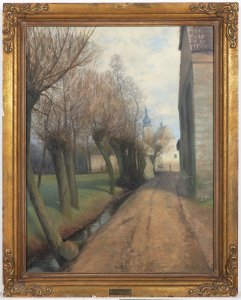
Lot 47 WILLOWS UNDER A TOWER
Starting price35 000 CZK | 1 458 €
Price realized
85 000 CZK | 3 542 €
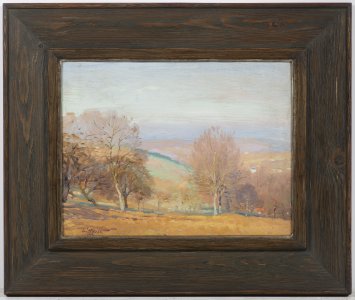
Lot 48 LANDSCAPE NEAR LUŽNICE
Starting price55 000 CZK | 2 292 €
Price realized
250 000 CZK | 10 417 €
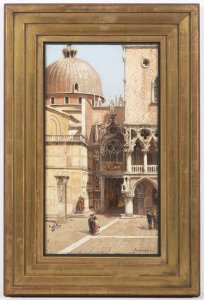
Lot 49 VENETIAN THEME
Starting price120 000 CZK | 5 000 €
Price realized
250 000 CZK | 10 417 €
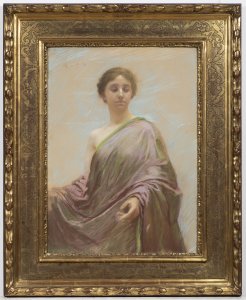
Lot 50 WOMAN WITH A DRAPERY
Starting price240 000 CZK | 10 000 €
Price realized
260 000 CZK | 10 833 €
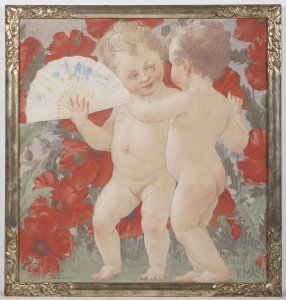
Lot 51 CHILDREN IN WILD POPPIES
Starting price25 000 CZK | 1 042 €
Price realized
25 000 CZK | 1 042 €
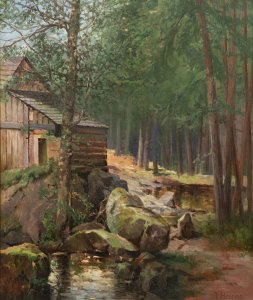
Lot 52 POND BY THE FOREST
Starting price30 000 CZK | 1 250 €
Price realized
30 000 CZK | 1 250 €
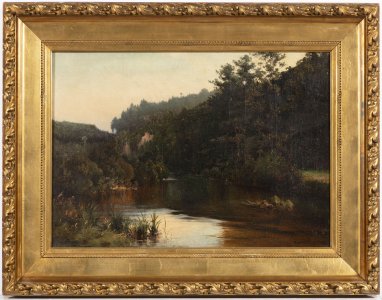
Lot 53 FOREST LAKE
Starting price35 000 CZK | 1 458 €
Price realized
60 000 CZK | 2 500 €
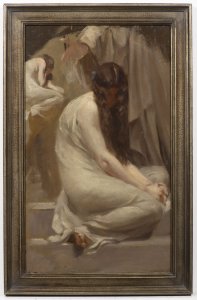
Lot 54 STUDY OF A FEMALE FIGURE
Starting price25 000 CZK | 1 042 €
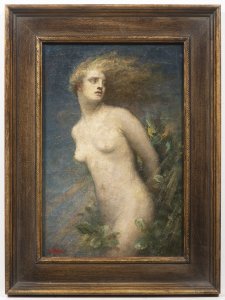
Lot 55 DAPHNE IN THE STORM BEFORE THE TRANSFORMATION
Starting price15 000 CZK | 625 €
Price realized
18 000 CZK | 750 €
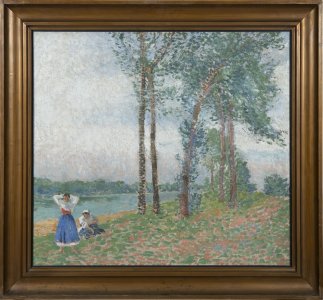
Lot 56 GIRLS BY THE RIVER
Starting price180 000 CZK | 7 500 €
Price realized
300 000 CZK | 12 500 €
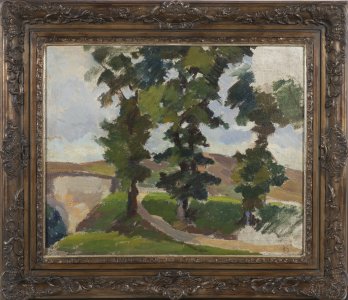
Lot 57 THREE TREES
Starting price230 000 CZK | 9 583 €
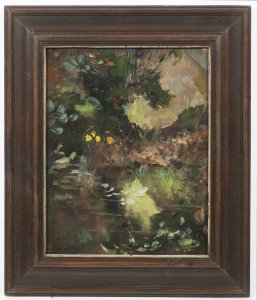
Lot 58 WOODLAND POND
Starting price28 000 CZK | 1 167 €
Price realized
32 000 CZK | 1 333 €
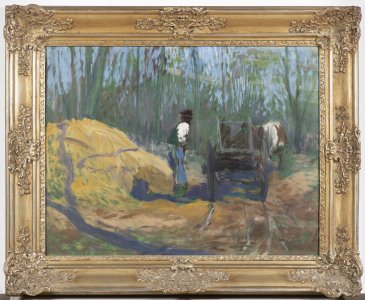
Lot 59 CARRIAGE ON THE FOREST PATH
Starting price40 000 CZK | 1 667 €
Price realized
160 000 CZK | 6 667 €
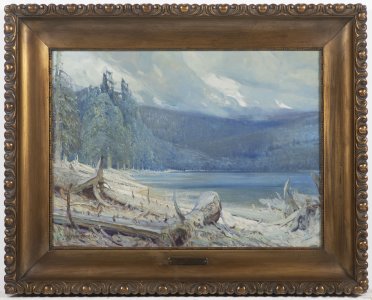
Lot 60 BLACK LAKE
Starting price24 000 CZK | 1 000 €
Price realized
36 000 CZK | 1 500 €
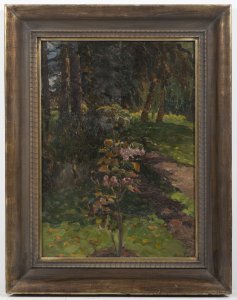
Lot 61 FOREST PATH
Starting price28 000 CZK | 1 167 €
Price realized
28 000 CZK | 1 167 €
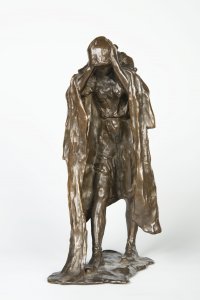
Lot 62 WOMAN ADJUSTING HER HAIR AFTER BATH
Starting price65 000 CZK | 2 708 €
Price realized
150 000 CZK | 6 250 €
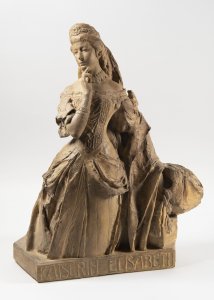
Lot 63 EMPRESS ELISABETH
Starting price65 000 CZK | 2 708 €
Price realized
65 000 CZK | 2 708 €
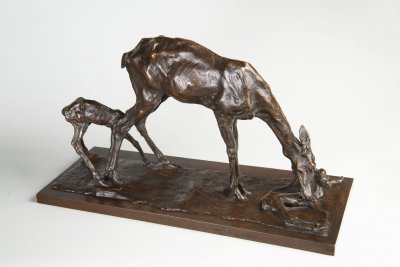
Lot 64 DOE AND FAWNS
Starting price90 000 CZK | 3 750 €
Price realized
320 000 CZK | 13 333 €
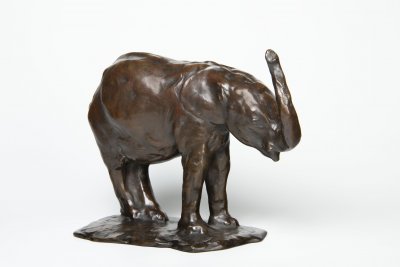
Lot 65 BABY ELEPHANT
Starting price60 000 CZK | 2 500 €
Price realized
180 000 CZK | 7 500 €
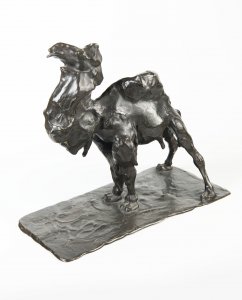
Lot 66 MOULTING CAMEL
Starting price90 000 CZK | 3 750 €
Price realized
400 000 CZK | 16 667 €
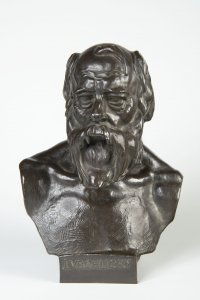
Lot 67 JAROSLAV VRCHLICKÝ
Starting price18 000 CZK | 750 €
Price realized
26 000 CZK | 1 083 €
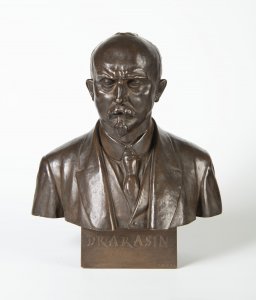
Lot 68 DR. ALOIS RAŠÍN
Starting price15 000 CZK | 625 €
Price realized
17 000 CZK | 708 €
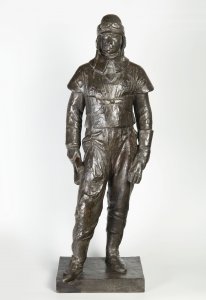
Lot 69 GENERÁL M. R. ŠTEFÁNIK
Starting price65 000 CZK | 2 708 €
Price realized
450 000 CZK | 18 750 €
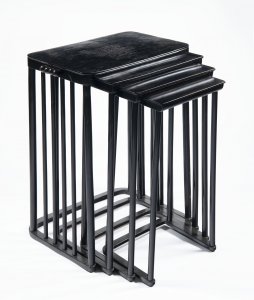
Lot 70 NESTING TABLES
Starting price29 000 CZK | 1 208 €
Price realized
33 000 CZK | 1 375 €
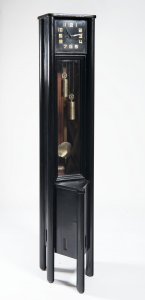
Lot 71 ART NOUVEAU LONGCASE CLOCK
Starting price28 000 CZK | 1 167 €
Price realized
28 000 CZK | 1 167 €
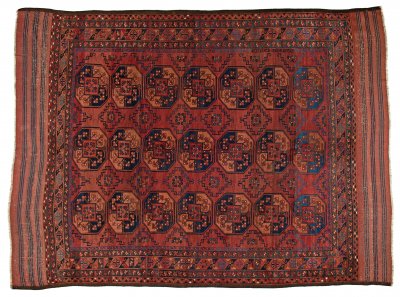
Lot 72 ERSARI RUG
Starting price30 000 CZK | 1 250 €
Price realized
30 000 CZK | 1 250 €
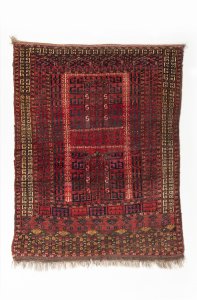
Lot 73 SARYK ENGSI RUG
Starting price10 000 CZK | 417 €
Price realized
10 000 CZK | 417 €
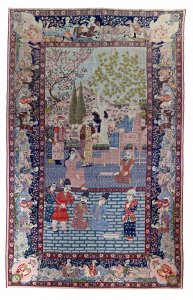
Lot 74 TABRÍZ PICTORIAL RUG
Starting price90 000 CZK | 3 750 €
Price realized
90 000 CZK | 3 750 €
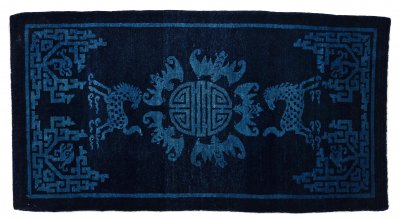
Lot 75 BEIJING RUG
Starting price21 000 CZK | 875 €

Lot 76 SEYCHOUR RUNNER
Starting price47 000 CZK | 1 958 €
Price realized
47 000 CZK | 1 958 €
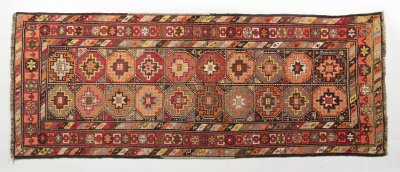
Lot 77 LURISTAN RUNNER
Starting price9 000 CZK | 375 €
Price realized
17 000 CZK | 708 €
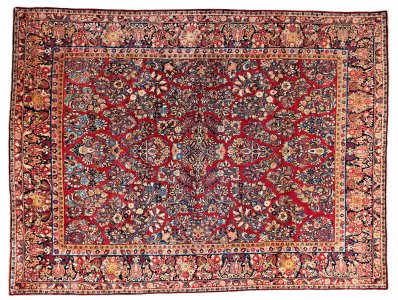
Lot 78 SAROUK RUG
Starting price36 000 CZK | 1 500 €
Price realized
36 000 CZK | 1 500 €
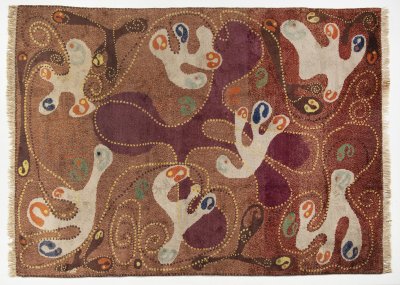
Lot 79 FIRST-REPUBLIC RUG
Starting price28 000 CZK | 1 167 €
Price realized
44 000 CZK | 1 833 €
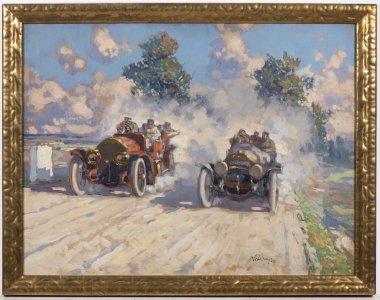
Lot 80 DIRECT MATCH
Starting price60 000 CZK | 2 500 €
Price realized
120 000 CZK | 5 000 €
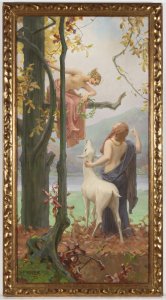
Lot 81 ALLEGORY OF SPRING
Starting price65 000 CZK | 2 708 €
Price realized
140 000 CZK | 5 833 €
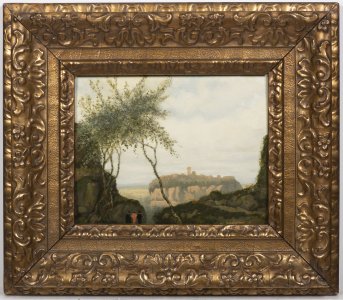
Lot 82 WAY TO EMMAUS
Starting price11 000 CZK | 458 €
Price realized
19 000 CZK | 792 €
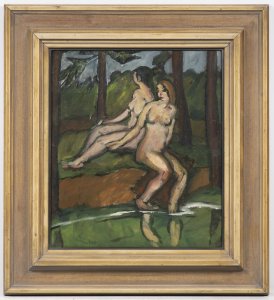
Lot 83 BATHING
Starting price50 000 CZK | 2 083 €
Price realized
50 000 CZK | 2 083 €
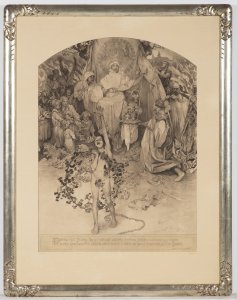
Lot 84 PROCITNUTÍ NÁRODA
Starting price14 000 CZK | 583 €
Price realized
17 000 CZK | 708 €
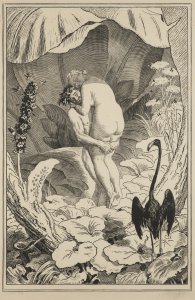
Lot 85 ABDUCTION, FROM THE CYCLE PARADISE SONATA
Starting price15 000 CZK | 625 €
Price realized
38 000 CZK | 1 583 €
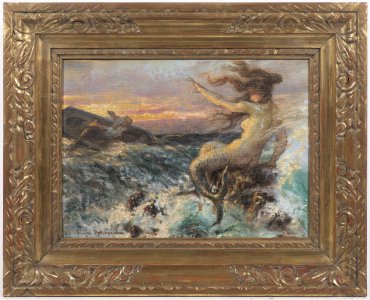
Lot 86 NAIAD
Starting price140 000 CZK | 5 833 €
Price realized
190 000 CZK | 7 917 €
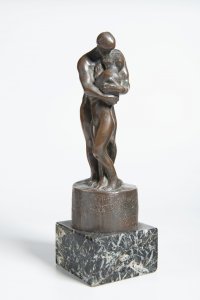
Lot 87 MAY
Starting price20 000 CZK | 833 €
Price realized
41 000 CZK | 1 708 €
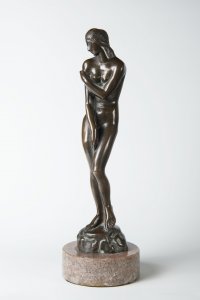
Lot 88 VENUS
Starting price22 000 CZK | 917 €
Price realized
27 000 CZK | 1 125 €
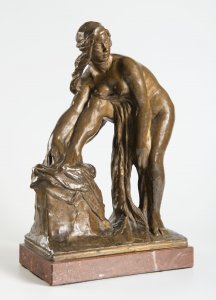
Lot 89 AFTER BATH
Starting price25 000 CZK | 1 042 €
Price realized
36 000 CZK | 1 500 €
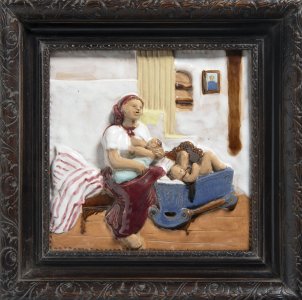
Lot 90 LULLABY
Starting price10 000 CZK | 417 €
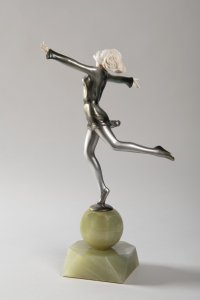
Lot 91 DANCER
Starting price19 000 CZK | 792 €
Price realized
30 000 CZK | 1 250 €
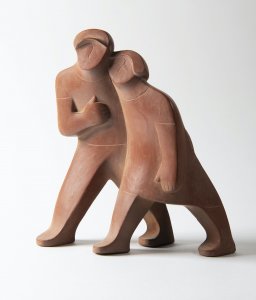
Lot 92 WALKING COUPLE
Starting price35 000 CZK | 1 458 €
Price realized
45 000 CZK | 1 875 €
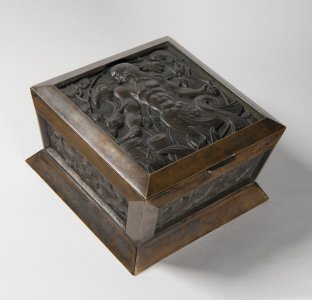
Lot 93 ART DECO BOX
Starting price14 000 CZK | 583 €
Price realized
41 000 CZK | 1 708 €
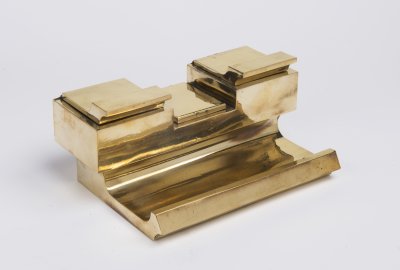
Lot 94 ARTĚL INKWELL
Starting price40 000 CZK | 1 667 €
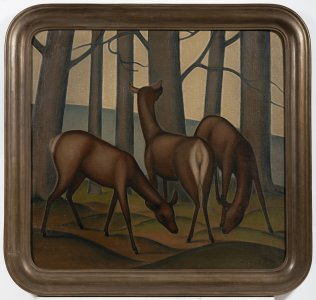
Lot 95 THREE DOES
Starting price30 000 CZK | 1 250 €
Price realized
30 000 CZK | 1 250 €
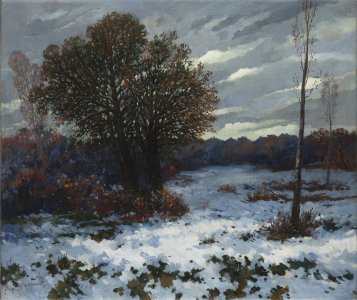
Lot 96 WINTER LANDSCAPE
Starting price32 000 CZK | 1 333 €
Price realized
43 000 CZK | 1 792 €
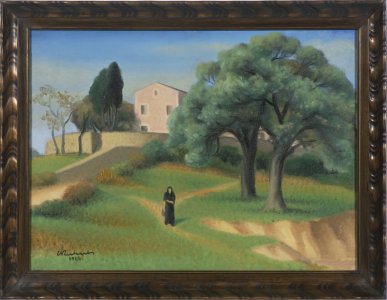
Lot 97 FROM CORSICA
Starting price65 000 CZK | 2 708 €
Price realized
65 000 CZK | 2 708 €
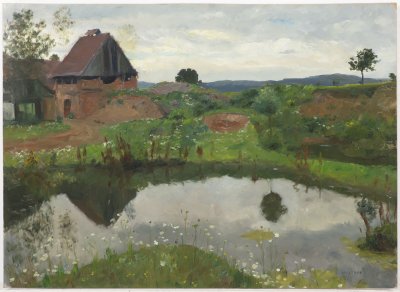
Lot 98 LANDSCAPE WITH A POND
Starting price20 000 CZK | 833 €
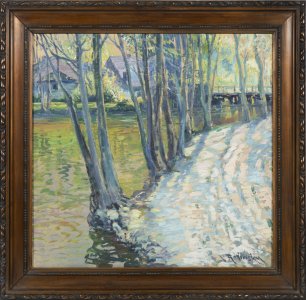
Lot 99 ELBE NEAR STARÝ KOLÍN
Starting price240 000 CZK | 10 000 €
Price realized
240 000 CZK | 10 000 €
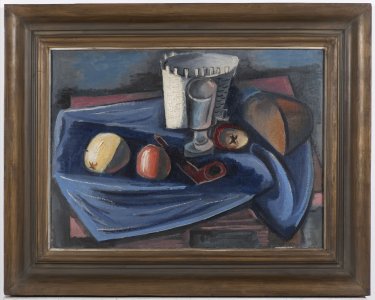
Lot 100 STILL LIFE WITH APPLES, BREAD AND PIPE
Starting price450 000 CZK | 18 750 €
Price realized
1 500 000 CZK | 62 500 €
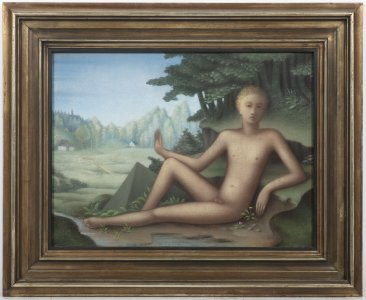
Lot 101 SPRING
Starting price3 200 000 CZK | 133 333 €
Price realized
4 400 000 CZK | 183 333 €
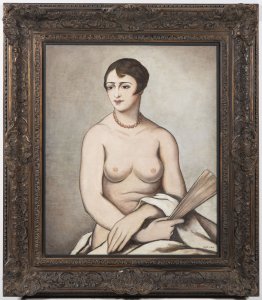
Lot 102 NUDE WITH A FAN
Starting price120 000 CZK | 5 000 €
Price realized
120 000 CZK | 5 000 €
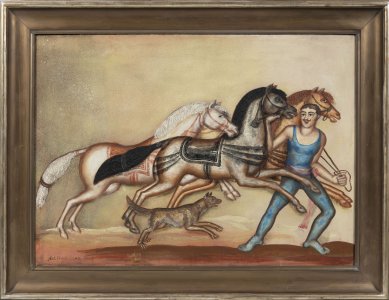
Lot 103 THE HORSE TAMER
Starting price800 000 CZK | 33 333 €
Price realized
800 000 CZK | 33 333 €
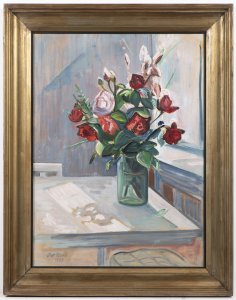
Lot 104 STILL LIFE WITH A BOUQUET
Starting price90 000 CZK | 3 750 €
Price realized
250 000 CZK | 10 417 €
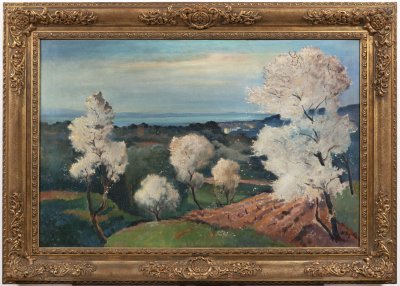
Lot 106 MARCH IN CORSICA
Starting price90 000 CZK | 3 750 €
Price realized
90 000 CZK | 3 750 €
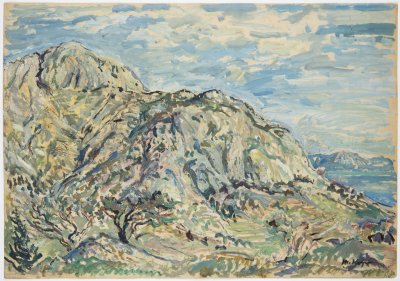
Lot 107 FROM THE SOUTH
Starting price48 000 CZK | 2 000 €
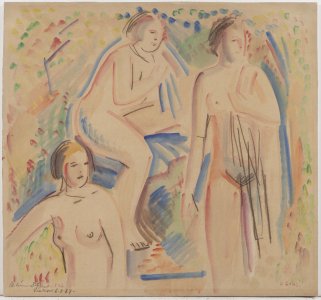
Lot 108 BATHING
Starting price12 000 CZK | 500 €
Price realized
13 000 CZK | 542 €
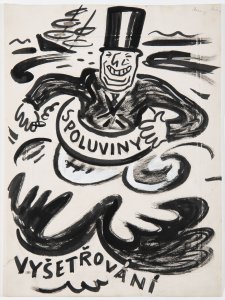
Lot 109 THE CORRUPTER IN THE PUDDLE
Starting price38 000 CZK | 1 583 €
Price realized
60 000 CZK | 2 500 €

